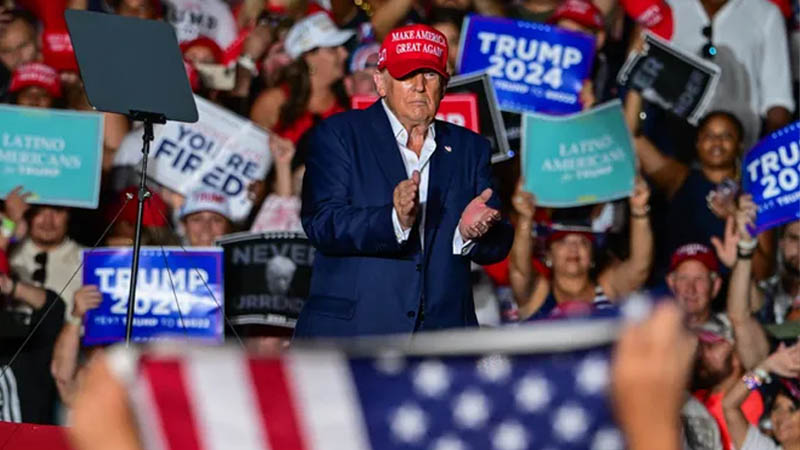On Thursday, The New York Times published an editorial that unequivocally labeled Donald Trump as “dangerous” and “unqualified” to be president. “[Trump] has demonstrated an utter lack of respect for the Constitution, the rule of law and the American people,” the Times’ editorial board wrote. He is “animated by a thirst for political power: to use the levers of government to advance his interests, satisfy his impulses and exact retribution against those who he thinks have wronged him.”
The editorial, while accurate, would have had a stronger impact if it hadn’t been buried several paragraphs into a piece that starts off discussing “the post-Covid era of stubborn inflation, high interest rates, social division and political stagnation.” This context seemed oddly timed, especially considering that on the same morning, inflation had dropped to 3%, suggesting a possible interest rate cut, with the primary economic concern being unusually low unemployment rates.
Nonetheless, it is a positive sign that The New York Times has acknowledged Trump’s continuing influence. This recognition comes after a period when much of the media has focused extensively on President Joe Biden’s campaign. Numerous publications have called for Biden to withdraw from the race following a shaky debate performance, overshadowing similar or worse performances by Trump. Prior to the Times’ editorial, only The Philadelphia Inquirer had called for Trump to step down after his debate responses were filled with falsehoods and fantasies about issues ranging from immigration to the January 6 insurrection.
The Times’ editorial declaring Trump unqualified stands out, especially as its front page featured fewer opinions on Biden’s viability as a candidate, which is a promising sign ahead of the president’s press conference on Thursday.
The media’s tendency to highlight every celebrity’s opinion on Biden contrasts sharply with the limited attention given to the numerous former Trump officials who have distanced themselves from their old boss. For instance, the fact that Trump’s former vice president refuses to endorse him deserves more coverage than any celebrity’s opinion on Biden.
The challenge for The New York Times and other media outlets is not merely to mention Trump’s harmful actions occasionally but to provide sustained and focused coverage similar to what has been devoted to Biden’s debate performance.
Interestingly, recent analysis shows that among Black voters who watched Biden’s debate, 21% had a negative view of Biden, while 70% said the debate made them more likely to vote for him. However, 57% of Black voters who did not see the debate said they were less likely to vote for Biden, with only 43% more likely. This suggests that the negative impact on Biden’s campaign came more from media discussions about the debate than the debate itself.
This situation highlights the significant influence of the national media. The extensive coverage of Biden’s debate performance and the subsequent reactions from Democrats have been more impactful than the actual debate. This demonstrates the media’s power to shape voter perceptions.
For the media, this should be a wake-up call. They could use their influence to inform voters about the improving economic conditions post-Trump and scrutinize Trump’s falsehoods with the same intensity they apply to Biden’s gaffes. They could give as much attention to former Trump officials who refuse to support him as they do to every Democratic concern about Biden’s candidacy. They could focus on the lies Trump told during his debates and continues to tell at his rallies.
The media has the power to sway public opinion significantly. It’s time they use this power responsibly to benefit the country by directing their scrutiny and coverage appropriately.
Just FYI. pic.twitter.com/WDUA2BxVf7
— Maya Contreras (@mayatcontreras) July 10, 2024


